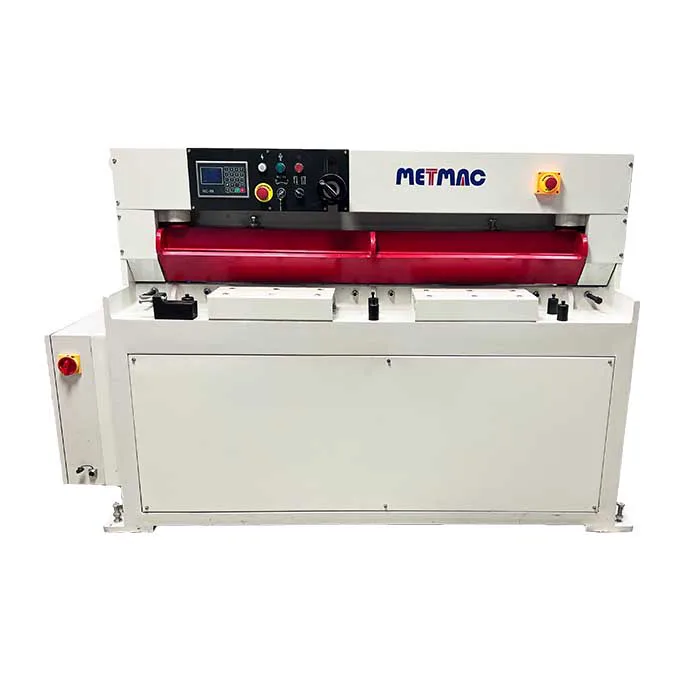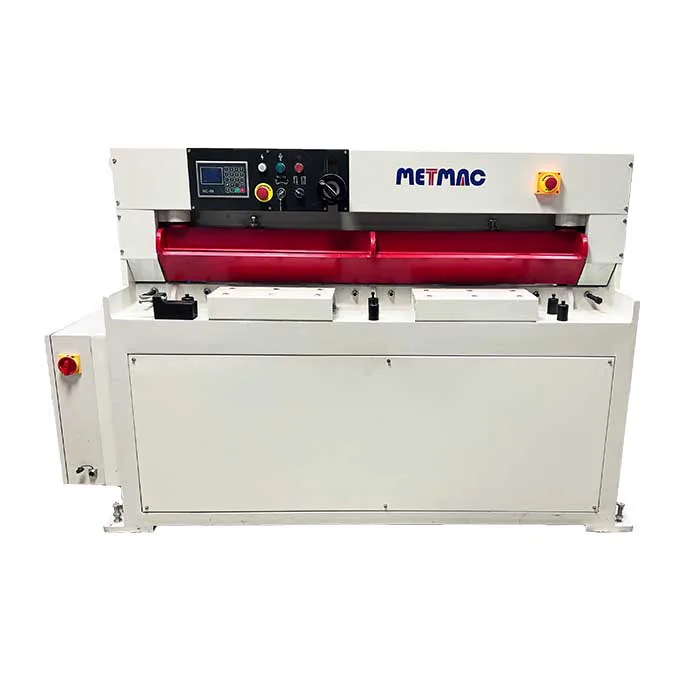
Understanding Different Configurations and Capacities of Sheet Metal Folding Machines
- By:Metmac
- 2024-09-11
- 194
In the realm of metal fabrication, sheet metal folding machines stand as indispensable tools, transforming flat metal sheets into complex three-dimensional shapes. Folding machines boast a wide range of configurations and capacities, catering to the diverse needs of workshops and industries.
Types of Configurations
Sheet metal folding machines come in various configurations, each offering unique advantages.
Manual Folding Machines: These machines require manual operation for folding, making them suitable for small-scale or hobbyist applications.
Pneumatic Folding Machines: Powered by compressed air, these machines provide greater force and automation, ideal for medium-duty folding tasks.
Hydraulic Folding Machines: Utilizing hydraulic power, these machines deliver immense pressure and precision, making them suitable for heavy-duty industrial applications.
Capacity Considerations
When choosing a folding machine, capacity is a crucial factor to consider. Capacity refers to the machine’s ability to fold metal sheets of specific thickness and length.
Thickness Capacity: Measured in millimeters, this parameter determines the maximum thickness of metal sheets the machine can handle.
Length Capacity: Expressed in meters, this value represents the maximum length of sheet metal that can be folded in a single operation.
Additional Features to Enhance Capabilities
Modern folding machines often incorporate advanced features to enhance their versatility and efficiency.
CNC (Computer Numerical Control): CNC machines allow for precise control over the bending process, automating operations and ensuring repeatability.
Angle Measurement Systems: These systems provide real-time feedback on the bending angle, ensuring accuracy and consistency.
Safety Devices: Folding machines prioritize safety with features such as light curtains and anti-pinch guards.
Choosing the Right Machine
Selecting the appropriate sheet metal folding machine requires careful consideration of the following factors:
Application Requirements: Determine the types and thicknesses of metal to be folded, as well as the desired bending accuracy and speed.
Budget: Folding machines range in price depending on their configuration, capacity, and additional features.
Workspace Availability: Consider the available space in the workshop or factory to accommodate the machine.
By understanding the different configurations and capacities of sheet metal folding machines, companies can make informed decisions that align with their production needs. These versatile tools empower fabricators to transform flat metal sheets into the building blocks of countless products, from intricate automotive components to architectural masterpieces.
-
Sheet Metal Machinery for Sale: Elevate Your Fabrication Capabilities with METMAC
2025/11/26 -
Laser Sheet Cutting Machine: Redefining Precision with METMAC Technology
2025/11/26 -
Sheet Shearing Machine: Achieving Unmatched Precision and Efficiency with METMAC
2025/11/26 -
Sheet Metal Forming Machine: The Art of Precision with METMAC Technology
2025/11/26
-
Advanced Sheet Metal Rolling, Laser Cutting, and Folding Machines for Precision Fabrication
2025/10/31 -
High-Performance Sheet Metal Bending and Cutting Machines for Modern Fabrication
2025/10/31 -
High-Quality Sheet Metal Equipment for Sale: Efficient Solutions for Modern Manufacturing
2025/10/31 -
High-Performance Sheet Metal Equipment for Sale: Forming and Shearing Solutions for Modern Fabrication
2025/10/22
-
Innovations in Steel Strip Slitting Machine Design and Technology
2024/05/11 -
Improving Accuracy in Metal Fabrication with Laser Metal Shear Machines
2024/05/11 -
Latest Technological Advancements in Rectangular Duct Machines
2024/05/11 -
Integrating Automation with Rectangular Duct Machines for Enhanced Productivity
2024/05/11
-
A Guide to the Latest Innovations in Sheet Metal Folding Machines
2024/11/29 -
Key Features to Consider When Investing in a Sheet Metal Folding Machine
2024/11/28 -
Enhancing Precision with Advanced Sheet Metal Folding Machines
2024/11/27 -
How to Choose the Right Sheet Metal Folding Machine for Your Workshop
2024/11/26







